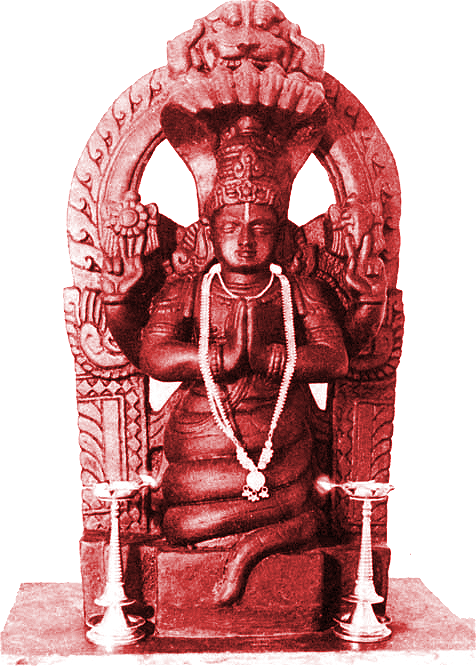The Teachings of Patanjali
Sometime between 100 BCE and 200 CE,
a spiritual master by the name of Patanjali compiled a collection of precepts and aphorisms whose purpose was to serve as a guide for those on a genuine path of spiritual development. These writings have become known as the Yoga Sutras of Patanjali and are considered a foundational text of Yoga.
For many people, Yoga is simply some form of exercise, but there is much more to Yoga than that. Yoga refers to mental and physical disciplines whose purpose is to cultivate the body, mind, and spirit. Patanjali's Sutras are the basis for Raja Yoga, a branch of Yoga that is primarily concerned with with the cultivation of the mind using meditation.

The Yoga Sutras of Patanjali essentially boil down to one thing: mental transmutation, something that is shared with the Summum philosophy. It is through mental transmutation that one reaches a broader and deeper experience of life. Summum refers to mental transmutation as "psychokinesis." As the Summum Principle of Psychokinesis states:
"Mind (as well as metal and elements) may be altered psychokinetically, from state to state; degree to degree; proportion to proportion; condition to condition; point to point; vibration to vibration. Psychokinesis is Mental Mastery." — Summum
Patanjali's sutras describe a practice of psychokinesis that, when applied in one's life, can lead to liberation from the bonds of a physical "soap opera" you have created for yourself. The Yoga Sutras were originally written in Sanskrit, and since then, they've been translated and interpreted by many. For your reference, we present here two translations and interpretations of the sutras that are in the public domain.
The Yoga Sutras of Patanjali:
The Book of the Spiritual Man
An Interpretation by
Charles Johnston
- Amazon Kindle- EPUB
The Yoga Aphorisms of Patanjali
An Interpretation by
William Q. Judge
- Amazon Kindle- Barnes & Noble Nook
- EPUB



